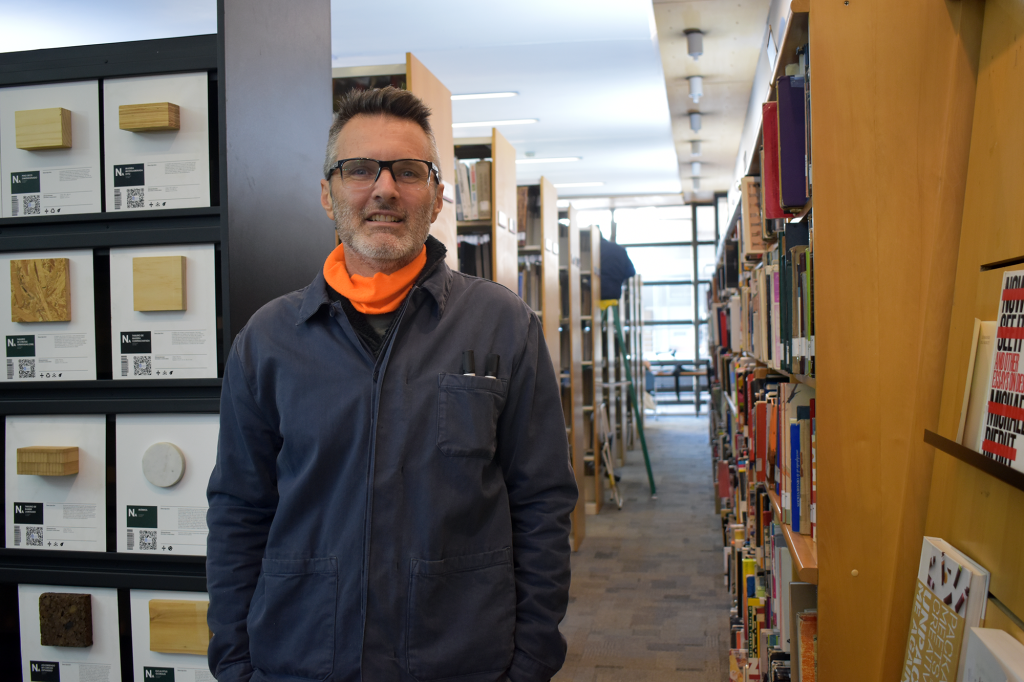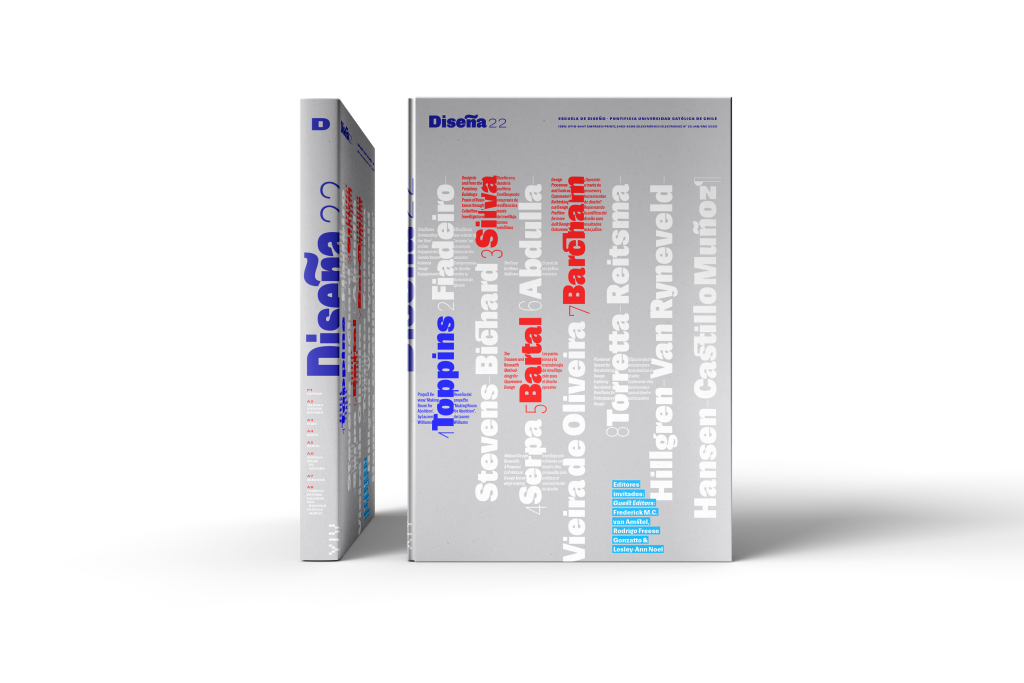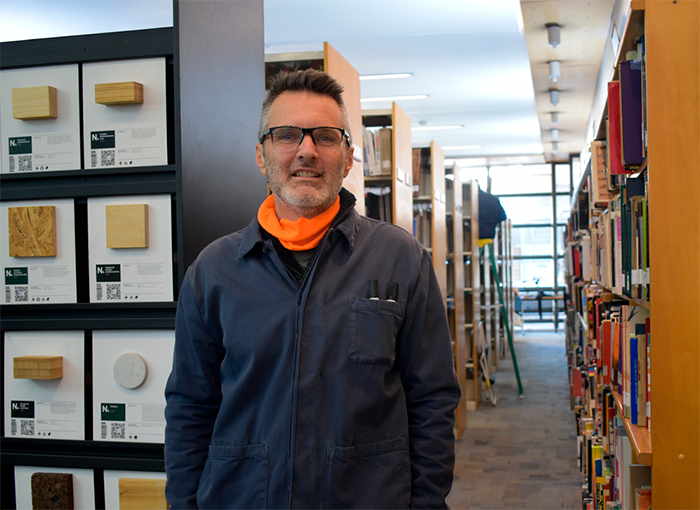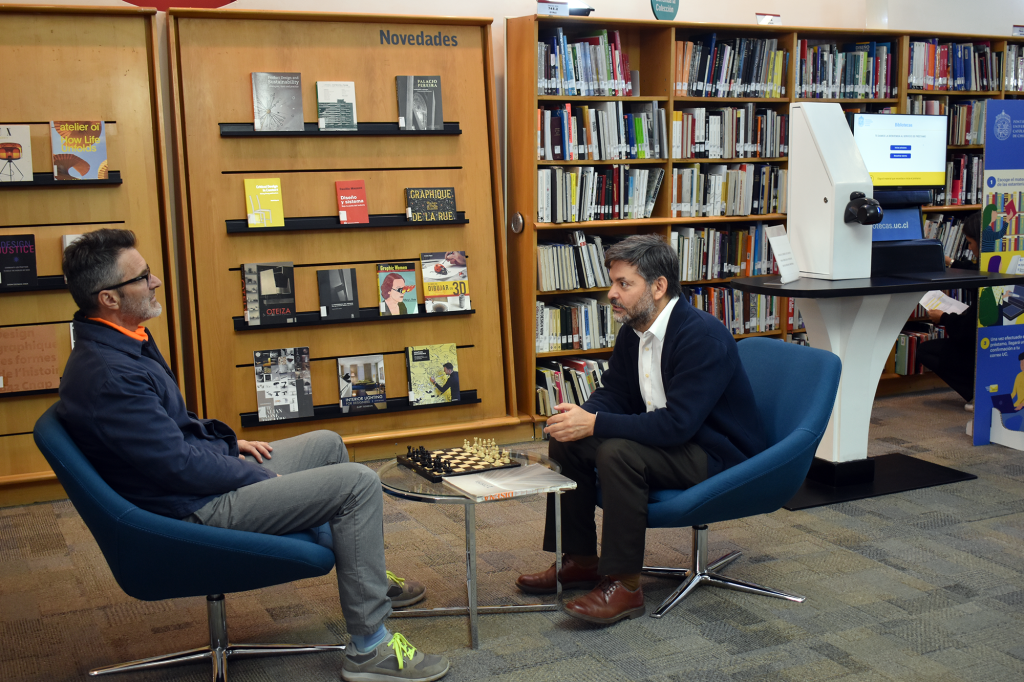Renato Bernasconi, editor of Revista Diseña: "We feel the indexing in Scopus as a recognition."
We talked with Renato Bernasconi, an academic from the UC School of Design and editor of Revista Diseña, about the impact that Scopus indexing has on the editorial work of the magazine, the keys to this achievement and his projections and visions regarding the research in the area.


Design Magazine is a semi-annual, refereed and bilingual publication of the School of Design of the Pontificia Universidad Católica de Chile whose specific scope is the questioning of traditional methodologies, practices and tools for research and project work. By the end of 2022, the publication was indexed in Scopus, a database that covers nearly 18,000 titles from more than 5,000 international publishers, including coverage of 16,500 peer-reviewed journals in the areas of science, technology, medicine, and social sciences. including arts and humanities.
What does it mean for Diseña Magazine to be indexed in Scopus?
We feel the indexing in Scopus as a recognition. Not so much to our work, but more to the work of the authors and reviewers. Because finally, when Scopus evaluates a journal, it evaluates the quality of the content. Indexing was also, in some way, a requirement: the university promotes that publications be recognized in the hegemonic spaces of knowledge production. So it had to be indexed yes or yes.
What are the benefits or opportunities that arise from this recognition?
The benefits are many. First, there is more interest on the part of researchers in publishing in Diseña, since the institutions only value the publications of their academics in indexed journals. Second, the discussions promoted by the magazine achieve more visibility.
What have been the keys to the editorial work of Revista Diseña to obtain this achievement?
The key has been to generate seduction strategies. Because it is not easy to convince someone to publish in a non-indexed journal. One of the strategies has been to have, in each issue, one or more guest editors, well-known researchers in their field who agree to take charge of an issue. In large part, authors are encouraged to submit contributions because they want to be part of the discussion proposed by the editors.
Another strategy is diagramming. When a potential author comes to see the magazine and sees the articles, she gets an excellent first impression. The work of Professor Francisco Gálvez has been key in this regard. And the other strategy is to have made the magazine bilingual. Many people appreciate having their work circulate in two languages.

 Diseña Magazine was founded in 2009. Its most recent edition corresponds to number 22 “Design, Oppression, and Liberation”.
Diseña Magazine was founded in 2009. Its most recent edition corresponds to number 22 “Design, Oppression, and Liberation”.
Does this indexing impact or influence the work of the journal from now on?
Impact. We hope that the flow of articles will increase. It will be a lot more work, probably we will have to expand the team, but we know that the quality of the content will improve even more
We have yet to resolve, together with the editorial committee, if it makes sense to continue working with editorandyes/ace invite. It seems natural to dismiss it and limit ourselves to publishing only the latest in design research, as journals are called upon to do. But we take the pleasure of generating spaces for the convergence of the different debates. So we are seeing how the process is taking place and then we will make a decision.

Renato Bernasconi
Design Magazine Editor

 UC Libraries supports the work of journals both in technological support and in editorial management. In the photo, Renato Bernasconi together with the librarian, Renzo Rondanelli, at the Lo Contador Library.
UC Libraries supports the work of journals both in technological support and in editorial management. In the photo, Renato Bernasconi together with the librarian, Renzo Rondanelli, at the Lo Contador Library.What are the next challenges for Revista Diseña regarding indexing or other important milestones?
We would like to be part of the SciELO database and be more present in Latin American networks. We also want to improve the impact factor. Not so much because of the metrics, but because the citation shows that the magazine is being influential.
And the great challenge is to continue offering a dissemination platform for research that questions current ways of thinking, feeling, doing and acting.
What does the panorama of academic research in the area of Design look like at a national level? What is the contribution of Design?
National research in the field of design is taking off. It doesn't fly high yet, with few exceptions, but it takes flight.
We contribute to this in two ways. First, by allowing Chilean researchers to dialogue on an equal basis with colleagues from other regions with more research experience. And second, promoting a decolonial, feminist and emancipatory attitude in all areas: practices, epistemologies, narratives, pedagogies, etc. We do not conceive of a local investigation in design anchored in colonialist, patriarchal or oppressive ways.
What are the topics or axes that you are interested in addressing in the next issues of the magazine?
The next two issues deal with the topic of repair. Our culture, so given to overvaluing the material (the designed) has become very harmful, not only in environmental terms, but also socially. As designers, we know that we need to repair our relationship with the world. The thing is that we don't really know how to do it. That is what the next two editions aim at, to guide us in the process of repairing the fabric of life, on the one hand, and the social fabric, on the other.